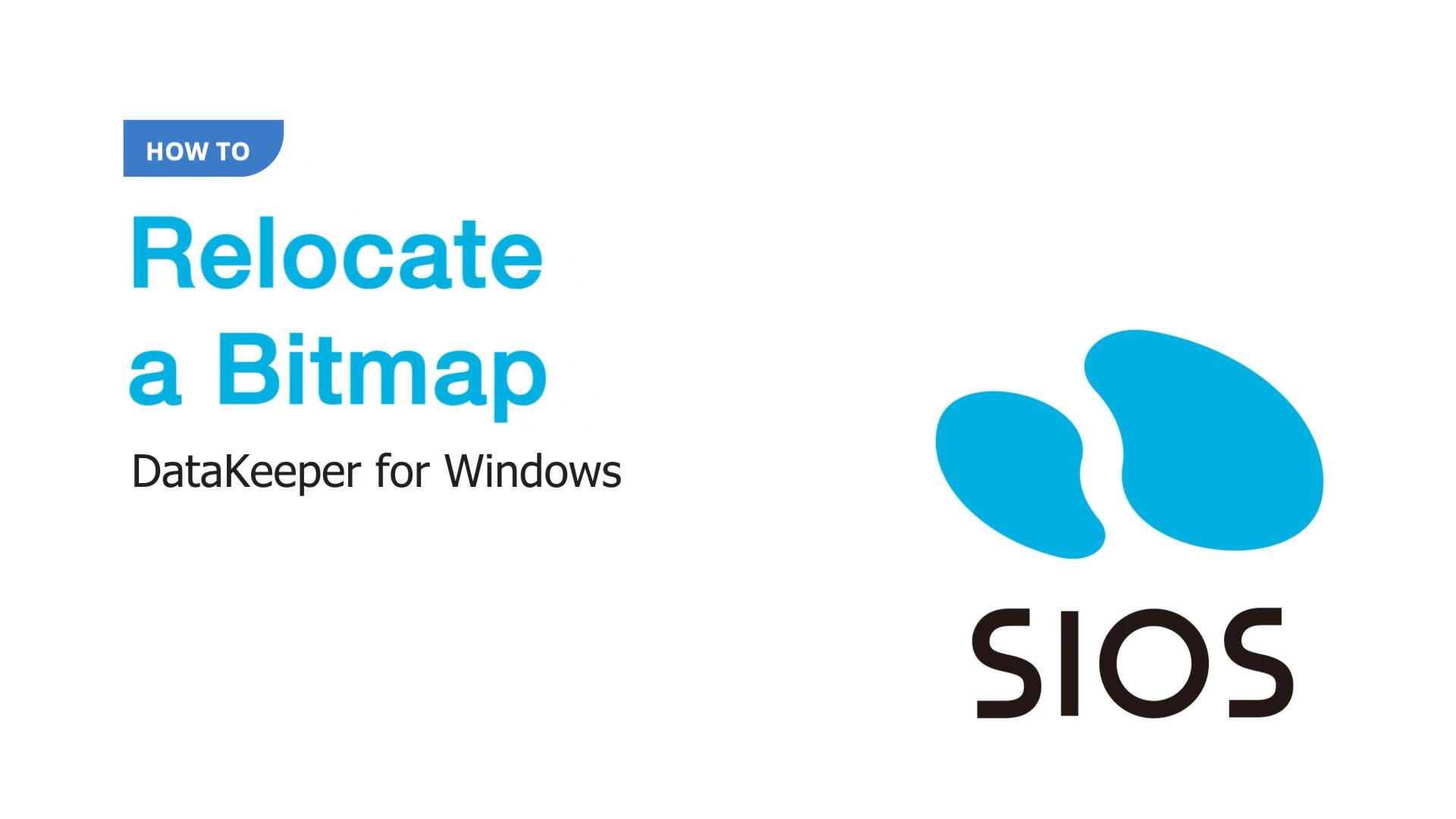
How to Relocate a Bitmap to Ephemeral Storage or a Faster (SSD) Drive
In this 6 minute video, Greg Tucker, SIOS Senior Product (Windows) Support Engineer will train you on
the following items in detail:
-
-
- Performance
- What is a Bitmap or Intent log?
- Why it is and how it is used with DataKeeper Cluster Edition
- How to properly relocate the bitmaps
- Drive size requirement
- Create the drive
- Create the directory for the bitmaps
- Modify the BitmapBaseDir locale in the Registry
- How to identify if the bitmaps are in their proper location and if they are running efficiently
-
At the end you are directed to Customer Support contact info in the event you have further questions.
How to Relocate a Bitmap to Ephemeral Storage or a Faster Drive | SIOS
Reproduced with permission from SIOS
